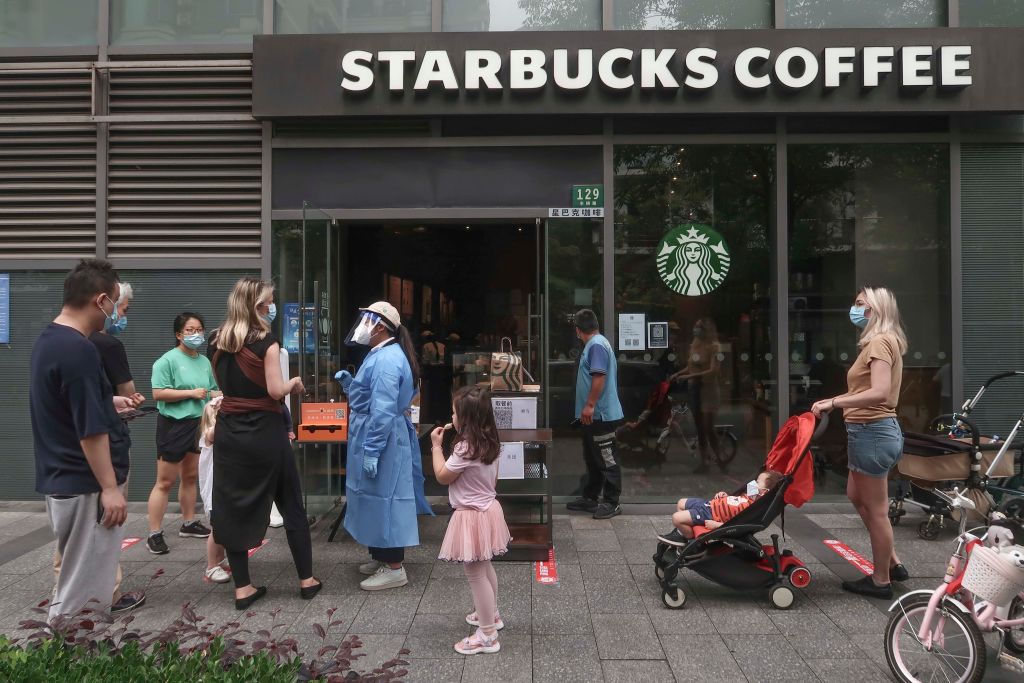Shanghai will let people in areas deemed low risk for Covid-19 move around the city freely and resume road and public transportation from Wednesday, in a major step forward in its efforts to dismantle a bruising two-month lockdown.
Taxi and ride hailing services, as well as private cars, will be allowed onto roads in low-risk areas, while bus, subway and ferry services will also resume, the municipal government said in a statement on Monday. Millions of people will also be able to leave their housing compounds and neighborhoods freely — without the limited time passes or activity restrictions previously in place — although restaurant dining-in is still banned.
The easing comes as China’s worst outbreak since the pathogen first emerged in Wuhan wanes, with just 31 Covid cases, all in government-run isolation centers, reported in Shanghai for Monday. The sweeping moves, which will apply to around 22.5 million of the city’s 25 million population, lays the groundwork for a fuller return to normalcy, even as China remains committed to a Covid policy that deploys harsh restrictions whenever infections flare.
Read More: Shanghai Lockdown Pushes Citizens to Breaking Point
Shanghai residents reacted to the news with cheers and songs from their apartments, with some setting off fireworks from their balconies to celebrate. Social media platforms, including WeChat, were flooded with messages and comments about the easing, with people discussing where and when they would meet for drinks or meals.
Still, the city remains far from normal. There’s no plan yet for venues like gyms, cinemas and karaoke parlors to reopen, and most students are still at home with only selected grades allowed to return to schools. Many factories and businesses are operating in an onerous “closed loop” systems in which workers must live on-site or in nearby accommodation to limit infection risk.

Customers pick up orders at a Starbucks store on May 30, 2022 in Shanghai, China.
VCG via Getty Images—2022 VCG
Shanghai residents must also submit to PCR testing every two or three days as they move about the city, in a strategy of early detection that the financial center hopes will keep future outbreaks at bay.
Nationwide, China reported fewer than 100 infections for Monday, the first time since March 2 that the country has managed to suppress cases to such a low level. Beijing is also seeing a declining caseload, with 18 new Covid infections reported for Monday. The capital, which avoided a full lockdown, has started easing some curbs on movement and resumed some public transport.
Read More: COVID-19 Separating Children From Parents in Shanghai
Yet the threat of a reversion to curbs remains as long as China persists with its Covid Zero approach. Policy makers at the national level and in Shanghai have unveiled various tax breaks and stimulus measures, but have not addressed the fundamental uncertainty around the re-occurrence of lockdowns that underpins anxiety over the world’s second-largest economy’s prospects.
“Beyond Shanghai, restrictions on inter-regional mobility mean that supply-chain snarls will not disappear overnight,” wrote Bloomberg Economics Chief Asia Economist Chang Shu in a Tuesday note. “A retreat in virus infections allowed Shanghai to begin reopening. But with China’s Covid-Zero stance still firmly in place, the risk of new restrictions to fight fresh flareups hangs over the economy.”
More Must-Read Stories From TIME













